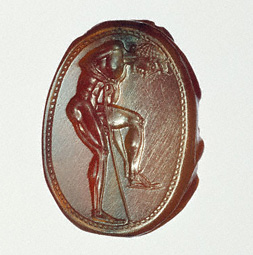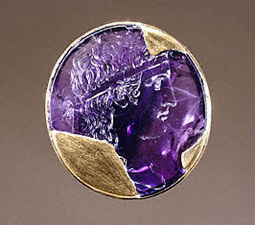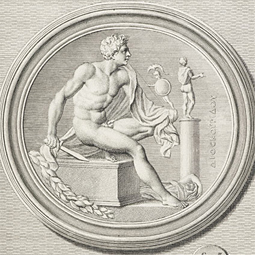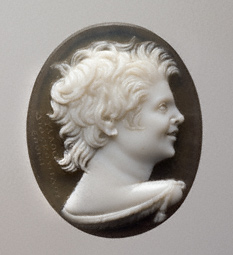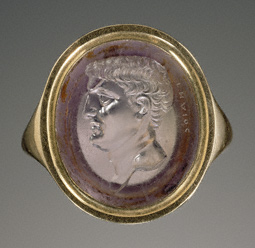Helen’s award winning, bold contemporary work
on hard gemstones has been featured in
many trade magazines and books.
Over 20 years of experience in Sculptured Gems,
a Masters degree in Sculpture (MFA), a degree in Gemology (FGA),
and studies in drawing and painting, are reflected in her unique work.
on hard gemstones has been featured in
many trade magazines and books.
Over 20 years of experience in Sculptured Gems,
a Masters degree in Sculpture (MFA), a degree in Gemology (FGA),
and studies in drawing and painting, are reflected in her unique work.
Her distinctive work on gemstones includes
Carved Gems, Jewelry Art and freestanding Gem Sculptures.
Some of her recent artwork, the “Wearable Sculptures”,
explores the connection and transition between
the worlds of Fine Art and Wearable Art.
Carved Gems, Jewelry Art and freestanding Gem Sculptures.
Some of her recent artwork, the “Wearable Sculptures”,
explores the connection and transition between
the worlds of Fine Art and Wearable Art.
Her favorite subjects are Mythological Creatures and Portraits.



All of her creations are one-of-a-kind, signed and
sold with a Certificate of Authenticity.
A number of her works have been direct commissions
from private clients.
All of Helen'sHelen’s award winning, bold contemporary work
on hard gemstones has been featured in
many trade magazines and books.
Over 20 years of experience in Sculptured Gems,
a Masters degree in Sculpture (MFA), a degree in Gemology (FGA),
and studies in drawing and painting, are reflected in her unique work.
many trade magazines and books.
Over 20 years of experience in Sculptured Gems,
a Masters degree in Sculpture (MFA), a degree in Gemology (FGA),
and studies in drawing and painting, are reflected in her unique work.
Her distinctive work on gemstones includes
Carved Gems, Jewelry Art and freestanding Gem Sculptures.
Some of her recent artwork, the “Wearable Sculptures”,
explores the connection and transition between
the worlds of Fine Art and Wearable Art.
Carved Gems, Jewelry Art and freestanding Gem Sculptures.
Some of her recent artwork, the “Wearable Sculptures”,
explores the connection and transition between
the worlds of Fine Art and Wearable Art.
Her favorite subjects are Mythological Creatures and Portraits.
All of her creations are one-of-a-kind, signed and
sold with a Certificate of Authenticity.
A number of her works have been direct commissions
from private clients.
All of Helen's Jewelry Art is set in 18K or 14K gold,
or Sterling Silver, with a palette of gemstones,
such as fancy color sapphires & garnets,
tanzanite, diamonds, red spinels, opals and tourmalines Jewelry Art is set in 18K or 14K gold,All of her creations are one-of-a-kind, signed and
sold with a Certificate of Authenticity.
A number of her works have been direct commissions
from private clients.
All of Helen's Jewelry Art is set in 18K or 14K gold,
or Sterling Silver, with a palette of gemstones,
such as fancy color sapphires & garnets,
or Sterling Silver, with a palette of gemstones,
such as fancy color sapphires & garnets,
tanzanite, diamonds, red spinels, opals and tourmalines.






